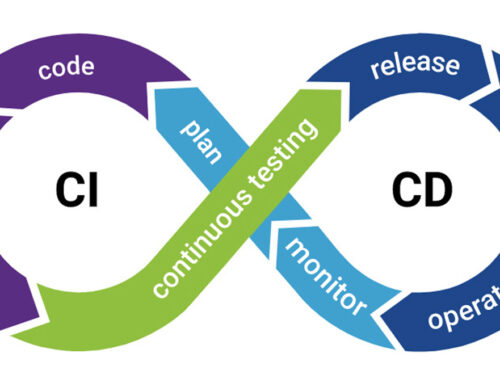Cloud-based solutions offer numerous benefits, such as scalability, flexibility, and cost savings. However, migrating to the cloud can be a time-consuming and costly endeavor, making organizations carefully consider the trade-offs. Despite these challenges, successful companies and large-scale organizations often find that cloud migration is worth the effort, as demonstrated by the following five case studies across various industries.
Idaho State University
Sector: Higher Education
Challenge:
Idaho State University (ISU) relied on on-premises hardware to support its resource-intensive learning platform, Moodle. This made the system susceptible to various potential failures, including physical damage. Migrating these resources to the cloud would be a significant undertaking.
Outcome:
ISU migrated Moodle, utilized by 96% of the school’s courses, and other campus resources to the AWS cloud. The university experienced cost savings, reduced IT support costs, and more efficient use of IT staff. Additionally, they were able to centralize student resources on a single platform.
New York Public Library
Sector: Government
Challenge:
New York Public Library (NYPL) faced a fragmented IT environment, including outdated hardware resources. This resulted in an unreliable network architecture that struggled to support the library’s extensive and growing digital catalog, which includes over 700,000 publicly accessible maps, photographs, and manuscripts.
Outcome:
NYPL migrated its legacy systems to a modern cloud platform powered by AWS, enabling them to build scalable, cost-effective, and repeatable systems. The migration facilitated a more standardized experience across resources, incorporating important redundancies and security features into the network architecture.
Blackboard
Industry: Education
Challenge:
Blackboard, a virtual learning and community-building platform, faced scaling challenges as it grew to over 100 million global users. Its Blackboard Learn management system was hosted in more than 30 data centers worldwide, making it crucial to maintain stability and availability.
Outcome:
Migrating to the cloud allowed Blackboard to significantly reduce its technological footprint, consolidating its data centers to nine. The company experienced cost savings, a more centralized communications hub, and reduced latency across the board.
American Airlines
Industry: Travel
Challenge:
American Airlines’ booking system was only accessible to employees, preventing customers from verifying travel options and forcing them to spend time on the phone or in line waiting for assistance.
Outcome:
Migrating to the cloud enabled American Airlines to offer passengers a self-service, cloud-based system for rebooking canceled or delayed flights through its website, kiosks, and mobile app. According to an IBM case study, the cloud migration enhanced the company’s ability to meet customer expectations.
Weston Foods
Industry: Food
Challenge:
Weston Foods, one of two licensed bakers of Girl Scout cookies, used an outdated online ordering system that struggled to keep up with increasing demand. The performance would suffer during peak order times, such as Sunday evenings when troop leaders faced a weekly order cutoff.
Outcome:
Weston Foods migrated to a cloud-based order management system, which provided autoscaling capabilities to handle high demand. The company reported an 8% increase in annual cookie sales following the cloud migration.
Conclusions:
While large-scale cloud migration projects can be intimidating, the benefits can be realized quickly. Improved data access, reduced latency, and scalable solutions are some of the immediate advantages after migrating from disjointed legacy systems. Enhanced security and peace of mind are other significant benefits of moving critical data resources to the cloud.












